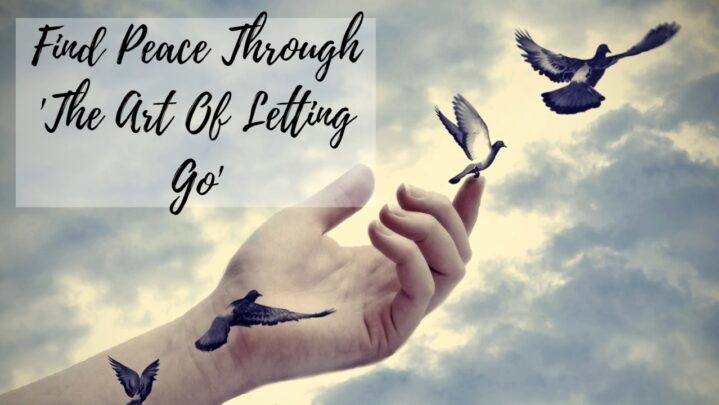The discipline of giving up control of people, events, and situations that add stress and chaos to our life is known as the “art of letting go.” We can achieve inner peace, calmness, and suffering reduction by letting go of attachment to results.
It’s simple to become engrossed in the idea of attempting to control everyone and everything in our lives. However, as a result, of realizing that we have no control over everything, we experience worry, anxiety, and dissatisfaction. Recognizing and embracing the fact that some things are just beyond our control are essential components of the art of letting go.
Mindfulness is a technique for letting go. This entails being totally in the present and embracing it without criticism or resistance. We may let go of our attachment to the past and future by living in the now, which also helps us feel less stressed.
Gratitude exercises are another helpful strategy. We can change our viewpoint and achieve calm by emphasizing what we have rather than what we don’t. Our contentment and satisfaction can increase when we express gratitude for even the little things in life.
Understanding that letting go does not equate to giving up is crucial. Instead, we should let go of our attachment to the result and let events develop spontaneously. Then, we can still behave and work towards our objectives without being concerned about the outcome. As a result, we put less strain and pressure on ourselves and can find calm, even in the face of difficulty.
Last but not least, it’s critical to realise that ‘letting go’ is a journey rather than a final goal. Continuous work and practice are needed. But with patience and perseverance, we may master letting go and achieve inner peace.
To sum up, the ability to let go is a potent tool for lowering stress and achieving calm. We can discover inner peace and enhance our well-being by relinquishing control over factors outside our control, engaging in mindfulness and gratitude exercises, and letting go of attachment to results.





